Zaki Manian Breaks Down a Phase Change Liquidity Providers Need to Know About Automated Market Makers
Zaki Manian is working on the Sommelier protocol, for which he is a cofounder. He’s at a prime vantage point to share his observations on the current phase change affecting the liquidity providers to automated “market makers.” He breaks down what the key things that liquidity providers need to understand about automated market makers in this moment.
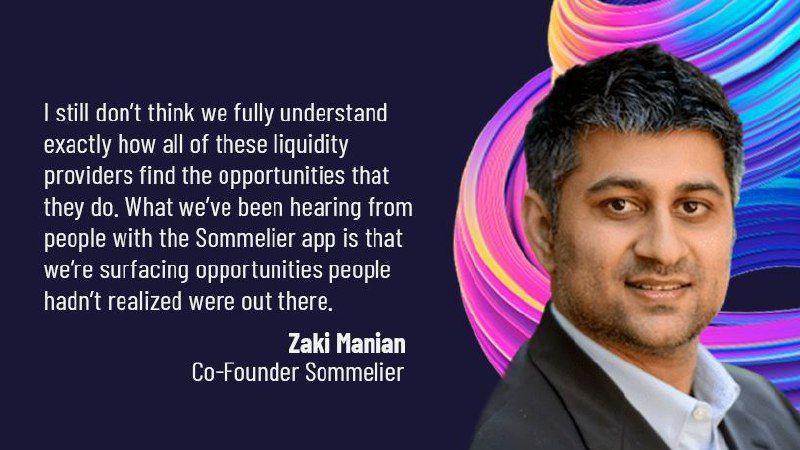
NOTE: Sommelier Uniswap LP Impermanent Loss management application is live at https://app.sommelier.finance. Take positions and receive rewards from our pool partners announced each week!
First, the basics
Being a liquidity provider is stepping into a market-neutral role that has existed as long as there have been financial markets. The purpose is to try to ensure that there is always someone willing to take the other side of every trade. A liquidity provider is said to “make a market” by always being prepared to buy or sell a particular asset at certain prices. Zaki Manian explains:
“Mostly, when we refer to a liquidity provider here we’re talking about a function in a market that has come about with the creation of automated market makers -- the Uniswaps, the PancakeSwaps, the Curves -- where you add liquidity to a smart contract and then traders are able to use that liquidity for their trades. Basically the function of a liquidity provider is to enable traders to get good prices and low slippage on their trades. That’s how they earn their fees.
The role evolved naturally because when you want to sell whatever asset that you prefer there may not be someone at that instant who’s willing to buy it because they need it or simply want to take a position. Market makers bridge the time preferences of different parties in a market. It’s an essential function.”
Twenty or thirty years ago an aspiring liquidity provider needed a lot of capital and specialized access to markets, such as registration, licenses, and even just being around the “right people” to do this. Today, it’s open to everyone.
Zaki observes: “What’s been exciting about the development in the constant function market maker space is that becoming a liquidity provider has become an opportunity that’s open to everyone. The other side of it though is that we're clearly in a phase change of what it is to be a liquidity provider right now.”
How the liquidity provider role has changed
In the old version, being a liquidity provider was a pretty simple, passive activity. Zaki says:
“You took your capital, you put it in a constant function market maker, and that was the activity. You just had to pick what pools you were going to be in, when to get in, and when to leave. You didn’t have to do a lot of complex engineering to do that. And even in spite of that there weren’t that many tools available for liquidity providers. Though things are evolving with Sommelier's existing application to make it a little easier to understand what tools are out there and what you want to get involved in. Zaki observes: “I don’t think there’s ever been a total view of where liquidity providers are and how they get there.”
He describes the following key pieces of the puzzle:
“We know that there are billions of dollars providing liquidity across all of the AMMs and we know that there is a diversity of participants in this marketplace, everything from professional trading firms that see opportunities here and participate in these markets to yield aggregators like the Yearn’s of the world, which aggregate a bunch of funds from people and put them into things like stablecoin pools. There are also retail liquidity providers and the farming of new tokens as they appear short of this long tail.”
Having looked at this area for six months, Zaki says: “I still don’t think we fully understand exactly how all of these liquidity providers find the opportunities that they do. What we’ve been hearing from people with the Sommelier app is that we’re surfacing opportunities people hadn’t realized were out there.”
He notes: “The workflow has not been easy. The team at VolumeFi has been building tools to make it easier to add liquidity, remove liquidity, accelerate the workflow, and more. As you can see when you go to the Uniswap page there’s a very easy-to-use interface for doing a swap, but there isn’t an easy interface for adding liquidity to a pool. Yet here we are with billions and billions of dollars of liquidity in these pools.”
Improving liquidity provider outcomes
Being a liquidity provider in the current environment is an amazing opportunity -- you can earn fees, you can play a role that in traditional markets is a very permissioned, elite activity that not everybody gets to participate in. But the experience needs to be improved. Zaki explains:
“The outcomes, the risks, whether or not being a liquidity provider is profitable for you has historically been a difficult thing to analyze and reason about and even more difficult to control.”
A key area that needs to be addressed is capital inefficiency.
“Historically, in the earlier generation of constant function market makers, you were providing liquidity at all possible prices from zero to infinity,” Zaki says. ”The feedback loop around the constant function market makers is: people put in liquidity to earn fees and the liquidity that they add makes it so larger trades can go through the market maker function efficiently at better prices. So there’s this positive feedback loop between capital being added, fees being earned, and the appeal to use the constant function market maker over another exchange that you might want to use because you’re going to get the best prices.”
“But,” Zaki notes, “the capital inefficiency of earlier designs of constant function market makers has meant that the feedback cycle is slowed down just by the sheer volume of capital that you had to lock up and the cost of capital to feed these constant market maker prices. And so that meant that prices on constant function market makers were never as good as they could be.”
"It’s amazing how much people use this given that they could potentially get better prices on centralized exchanges. Certainly, the convenience factor of being on chain is a huge factor. There are integrations with other smart contracts, all these things, have been why, in spite of the limitations, constant function market makers have been so successful.”
The current phase change lifts certain limitations
Uniswap v3, as with other innovations coming around in the constant function market maker space, is about using capital much more efficiently to give traders better prices. In the current phase, being a liquidity provider now has many new things that people have to think about and be aware of as we move to these more capital-efficient constructions.
“When capital is put into these constant function market makers,” explains Zaki, “instead of trying to provide the best possible prices from zero to infinity, we’re going to give the best possible prices at some narrow piece of the price spectrum. Going to infinity means on any given day the price is not likely to be anything.”
Some industry watchers have expressed concern about the emergence of the reduced role of passive liquidity providers. Zaki sees it this way: “I think one of the most important things I take away from that is that the win of better prices for traders probably swamps everything. Ultimately the user of the automated market maker is the trader who's trying to get a good price, a smart contract that’s trying to liquidate an asset or repay a flash loan. It is a two-sided marketplace but the liquidity provider is in the role of the producer, producing the product and the trader is consuming the product.”
Now, the virtuous cycle is that traders get good prices and there are more fees to be had, which attracts liquidity providers.
“Ultimately that virtuous cycle bodes well for Uniswap v3 and it’s going to change the liquidity provider experience,” says Zakii. “That virtuous cycle is going to be a powerful force for liquidity providers wanting to adapt to these changes rather than take their liquidity elsewhere.”
Finding where traders want to do business
In this new phase that Uniswap v3 enables, liquidity providers are going to have to start having more of an opinion about the prices at which they want to offer liquidity, instead of the unlimited range that the protocol allows. Zaki explains why:
“The thing that Uniswap v3 does that’s very clever and impressive from a technical point of view is that it allocates fees based on where the trades actually occurred and how your liquidity was distributed. So if you offer your liquidity over a wide range and someone else is offering it in the near, you’re both going to get fees from that trade. But the person who hit the spot price dead on and is providing concentrated liquidity right around the spot price is going to get a proportionate amount of fees, while the person providing liquidity over a wide range of prices is going to miss out.”
Protection for the liquidity provider who didn’t want to think too hard about a target price comes down to the kinds of tooling that get built around this.
“This phase change was probably inevitable,” says Zaki. “The fee thing was hard. If you think about the core value in the 18 months that it took for Uniswap v3 to be invented, it was to get the fees right. I imagine that there is going to be a shift over the next 18 months and this kind of stuff is going to show up everywhere.”
Sommelier and the new balancing act
Sommelier is designed to help liquidity providers gain greater capital efficiency and, as a result, higher net fees.
Zaki explains, “I think some element of concentrated liquidity is going to be part of the entire future of the constant function market maker space. Concentrated liquidity means offering liquidity over what you think will represent the trading price range. So, a liquidity provider might decide on offering ETH 21.50 to 22.50, and someone else might offer ETH 1400 to 2500, ETH 1400 to 2000 or various other ranges. While these ranges are technically concentrated liquidity, if you are able to have your liquidity cover where the trading range is you actually are going to get the largest fee chunk.”
A critical part of this equation is the need to balance the gas costs required to update the range over which they’re trading. For liquidity providers, Sommelier will automatically provide information to concentrate their liquidity well and give them tools to make the gas problem manageable.
Zaki adds: “Eventually, Sommelier will give liquidity providers opportunities to have validators do much of this work on their behalf so they don’t have to sit there all day long on a ledger trying to figure out whether or not to move their liquidity positions.”
A big advantage of participating as a liquidity provider in a system like this is the reality that whether you move 1 ETH of liquidity or 100 ETH of liquidity costs the same amount of gas.
“There’s already a bunch of savings if you’re in a pod or a pool where the actors are able to aggregate all that liquidity and move it as one. Leveraging an incentive mechanism to optimize placement helps net more fees as well,” says Zaki.
Looking ahead
Sommelier is a design for building a really robust liquidity aggregator for the concentrated liquidity world.
“The analysis that we’ve been doing is that the cost amortization works out,” Zaki says. “Unless you are individually at scale, the benefits of aggregation under many circumstances are going to outweigh any advantage of doing it yourself. Doing it yourself in layer one is going to be really tough and we’ll see optimization in other environments -- if it’s even feasible there.”
Sommelier’s goal is to go after the longtail of prices. There are likely going to be solutions, for instance in the stable coins space, that are going to be simpler. But as you get to the long tail you want to have a really resilient system able to automate the process. The aggregation piece is critical.
Zaki says: “You don’t want to just reintroduce custody in another name. You don’t want to say a DAO is running this but really it’s just a hedge fund under a different name or a back door. If we want to keep this system democratized, accessible, and fulfill the dream here, we do need the robustness that a BFP brings so as not to reintroduce a centralized custodian into the mix.”
Doing the pricing decision process in a decentralized setting is an expensive piece of the puzzle, particularly if you’re going to do the decision process on layer one directly. There is going to need to be a continuous evolution of analysis of every one of the price pairs.
Looking ahead, Zaki concludes: “The network must be incentivized to start optimizing different strategies, and we’ll want this to emerge organically in this decentralized setting. The right way to model a price as an asset evolves is probably going to change as well.”
You can reach out to Zaki and other Sommeliers on our Discord 👉 https://discord.gg/Y4p6eB5Eyr
More articles

Is Speculation Killing Crypto’s Future?

Sommelier's Path Forward: Embracing Revenue Over Narrative

Sommelier January Update
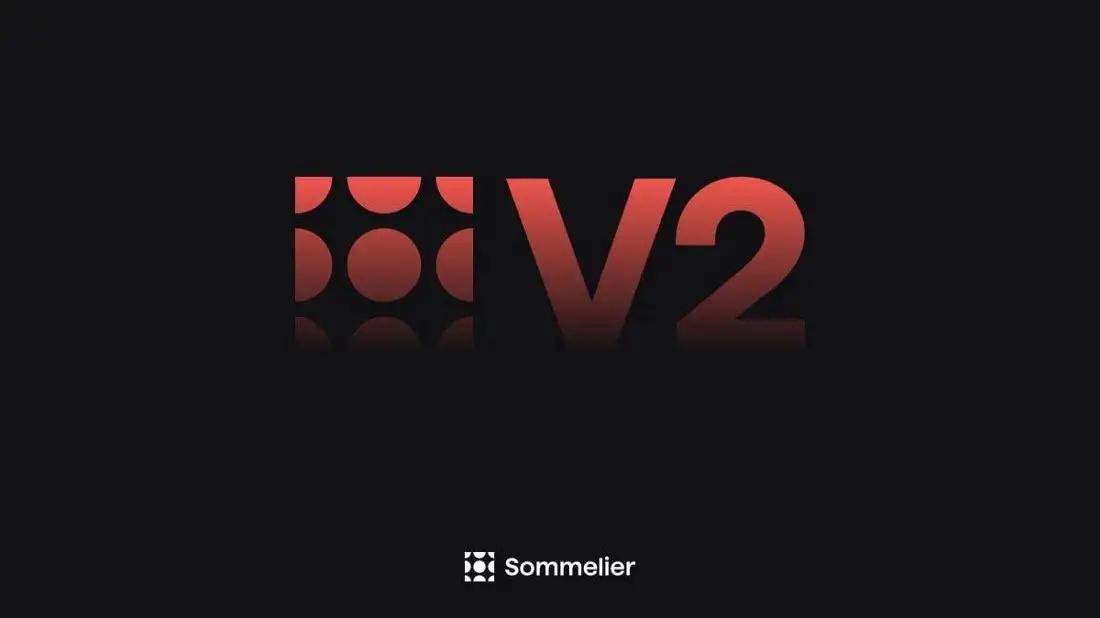
Sommelier Upgrades Cellar Architecture to Enable the Most Powerful DeFi Strategies in the Market

Real Yield USD is Coming to Maximize Stablecoin Yield

Retrospective on 2022 and the Journey Ahead

FAQ - Patache Digital’s Steady Strategies
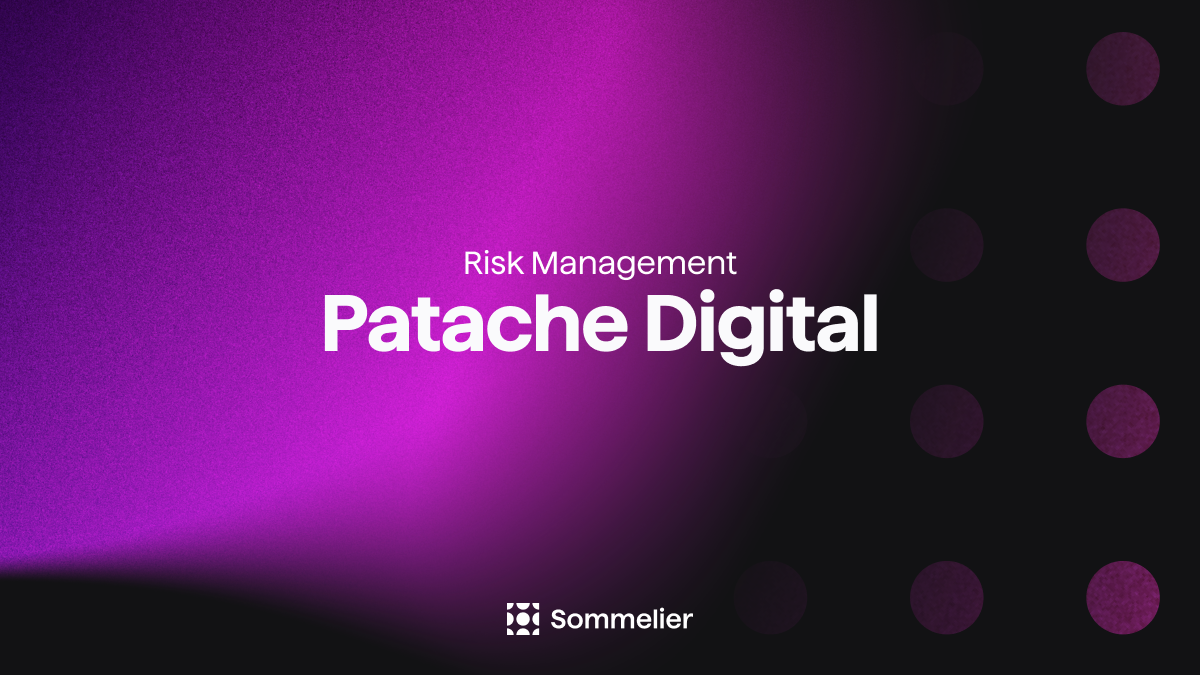
Patache Digital: Risk Management Discussion

Strategy Deep Dive: Patache Digital

Strategy Provider Spotlight: Patache Digital
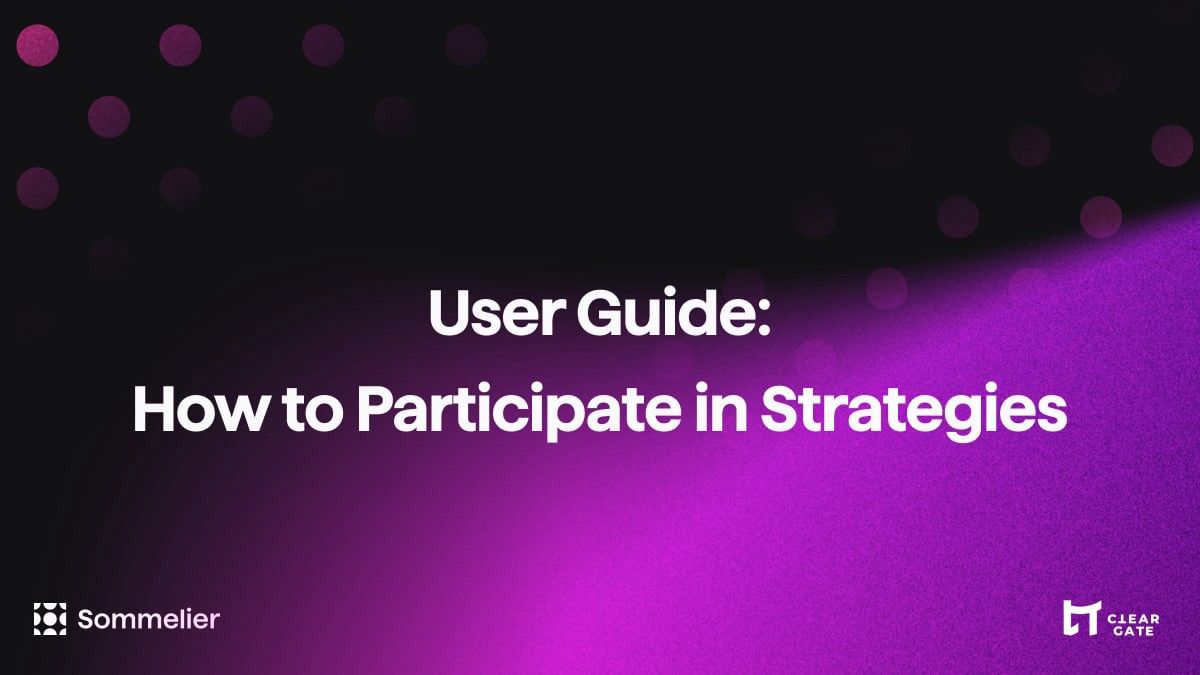
User Guide: How to Participate in Strategies on Sommelier

Sommelier Ambassador Program
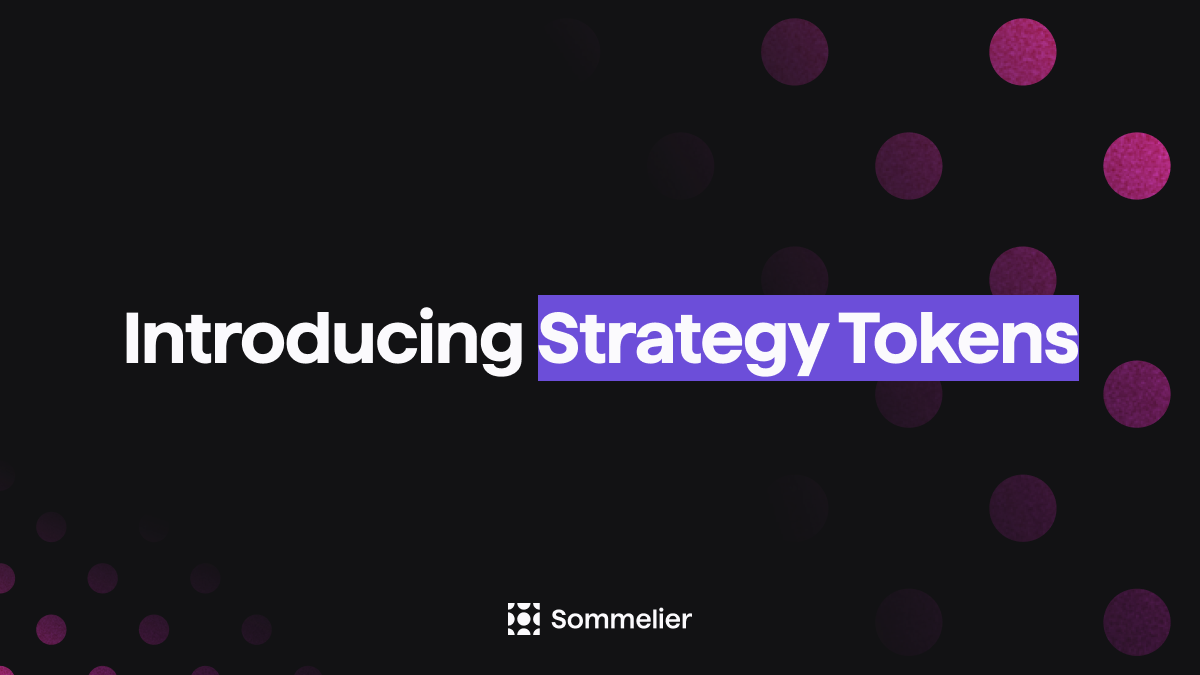
Strategy Tokens: What Are They and How Do They Work?

6 Core Principles of Sommelier

10/10/22 - Deep Dive on Cleargate Backtesting

Strategy Provider Spotlight: Seven Seas

Deep Dive on Trend and Momentum Strategies

Strategy Provider Spotlight: ClearGate

Supporting Strategy Providers on Sommelier
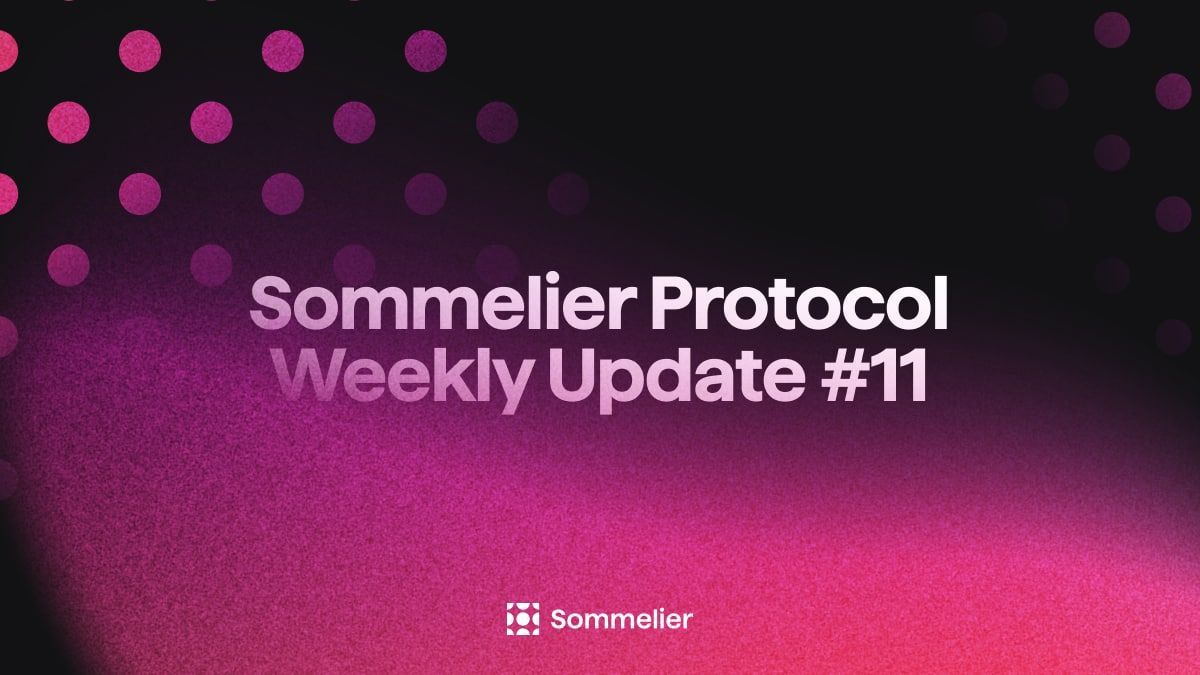
Sommelier Protocol Team Weekly Update #11

ELI-5 Explanation of the Data Science behind Sommelier’s First Aave Cellar

Sommelier Protocol Team Weekly Update #10
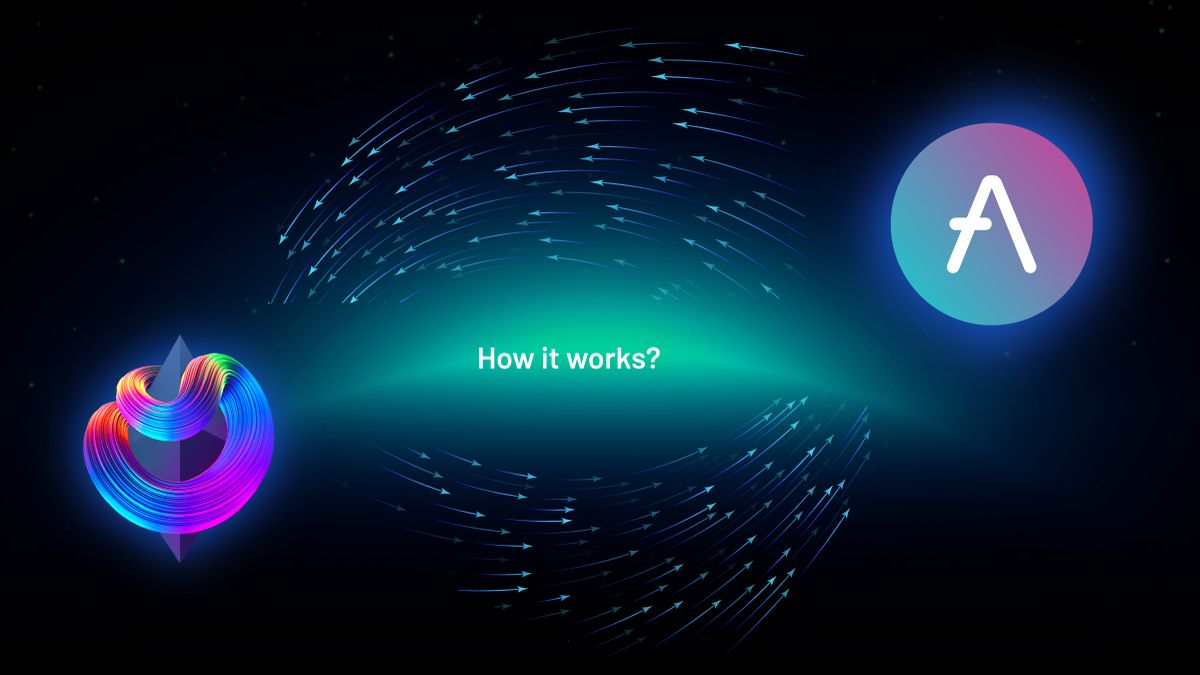
The Data Science Behind Sommelier’s First Aave Cellar
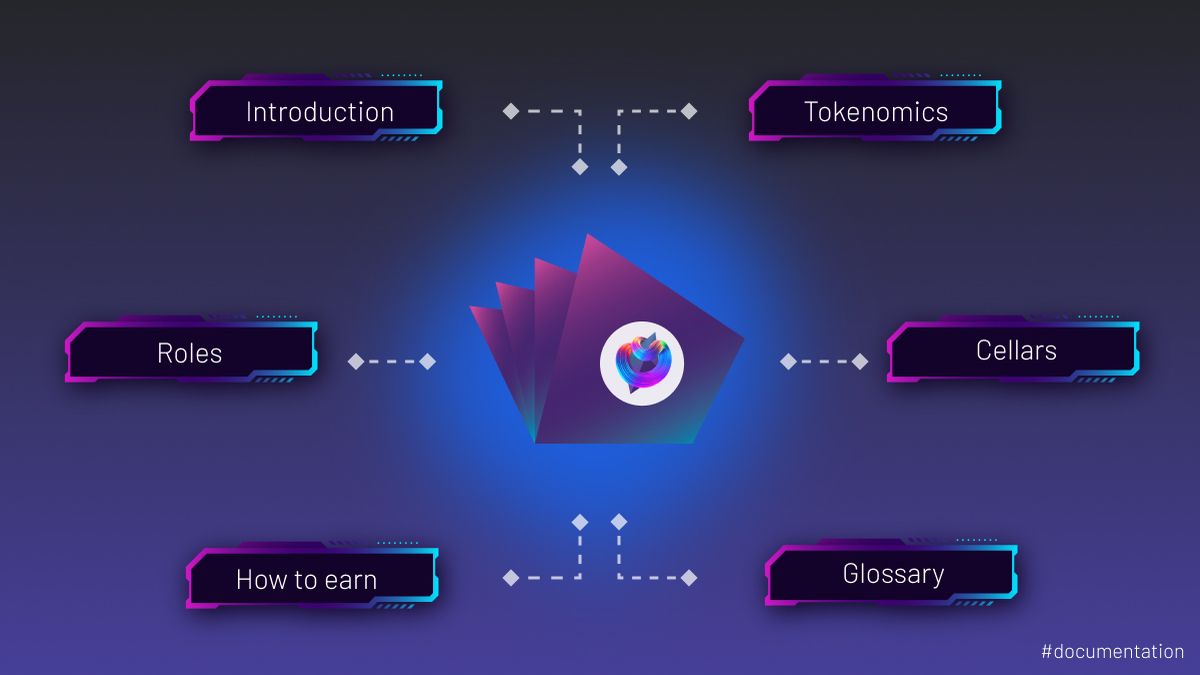
Sommelier Protocol Design Documents

Sommelier Protocol Team Weekly Update #9

Sommelier Protocol Team Weekly Update #8

Sommelier Protocol Team Weekly Update #7

Twitter Spaces With Sommelier: How to Launch a Cellar on Sommelier

Twitter Spaces With Sommelier: Protocol Upgrade and Community Update

Sommelier Protocol Team Weekly Update #4
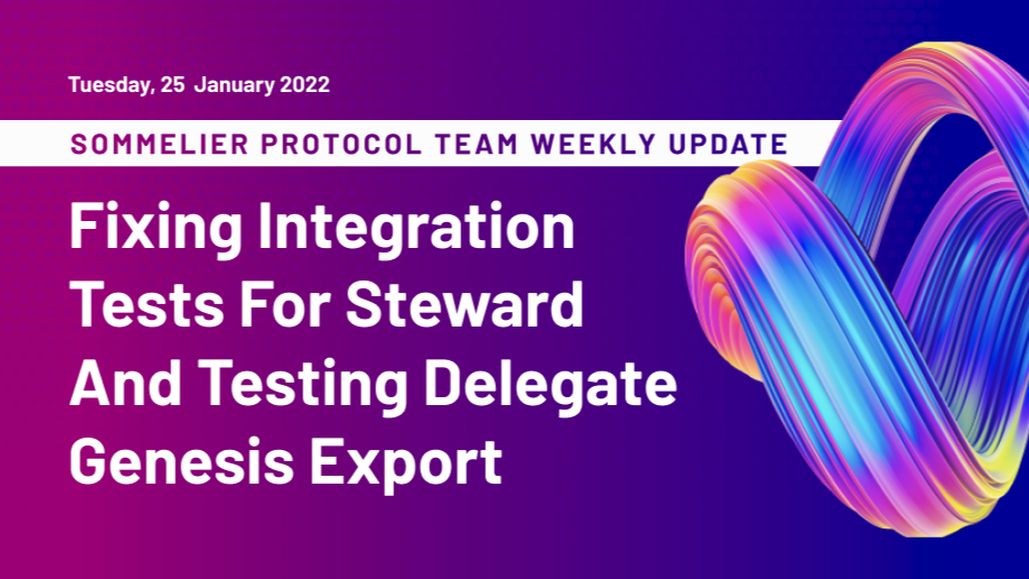
Sommelier Protocol Team Weekly Update #6

Twitter Spaces With Sommelier: SOMM Airdrop Proposal Data Analysis

Twitter Spaces With Sommelier: Community Update on the First Cellars to Launch

Twitter Spaces With Sommelier: Exploring NFT Cellars

Sommelier Protocol Team Weekly Update #1
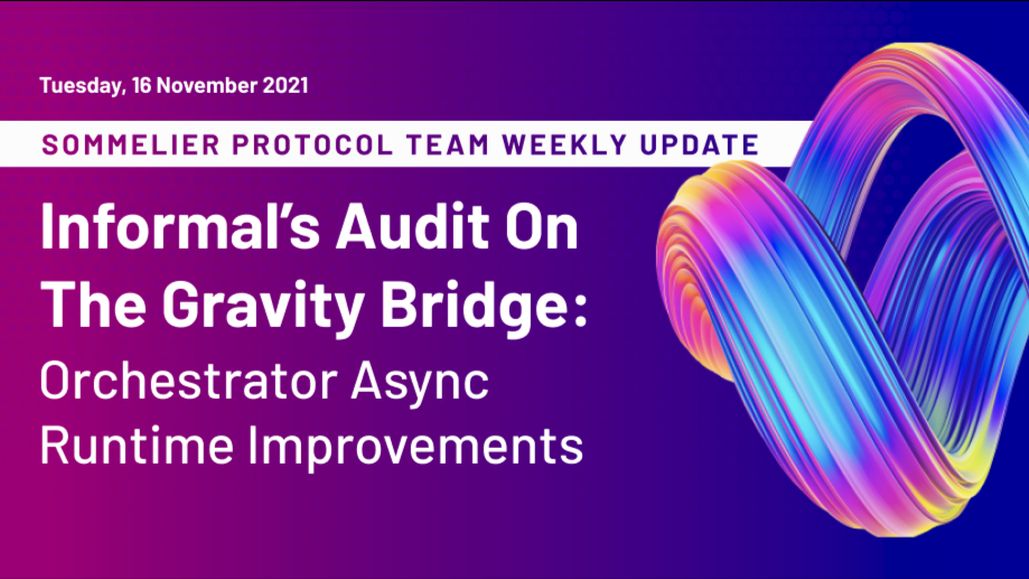
Sommelier Protocol Team Weekly Update #2
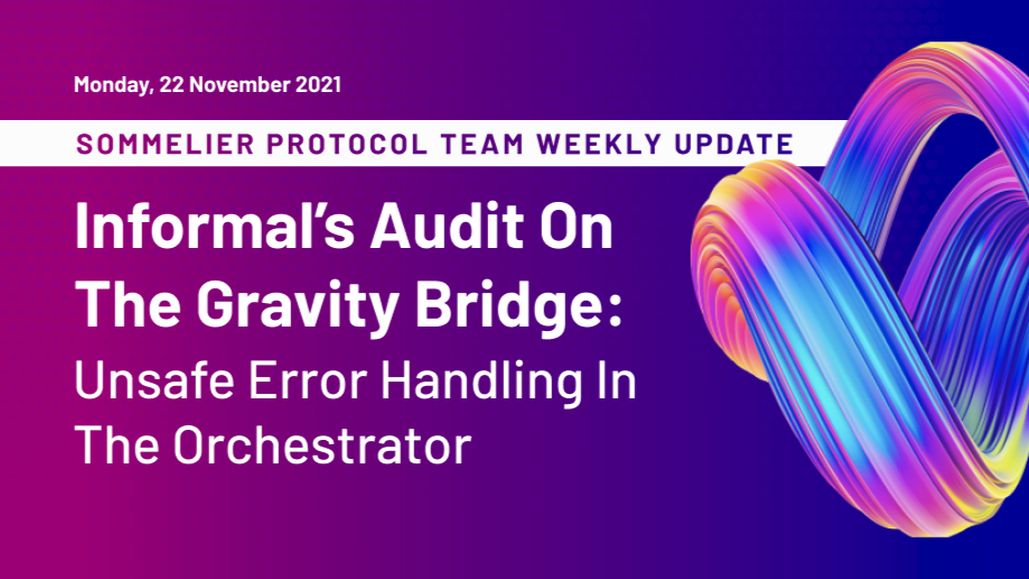
Sommelier Protocol Team Weekly Update #3

Three Things You Need to Know About Sommelier Governance This Week
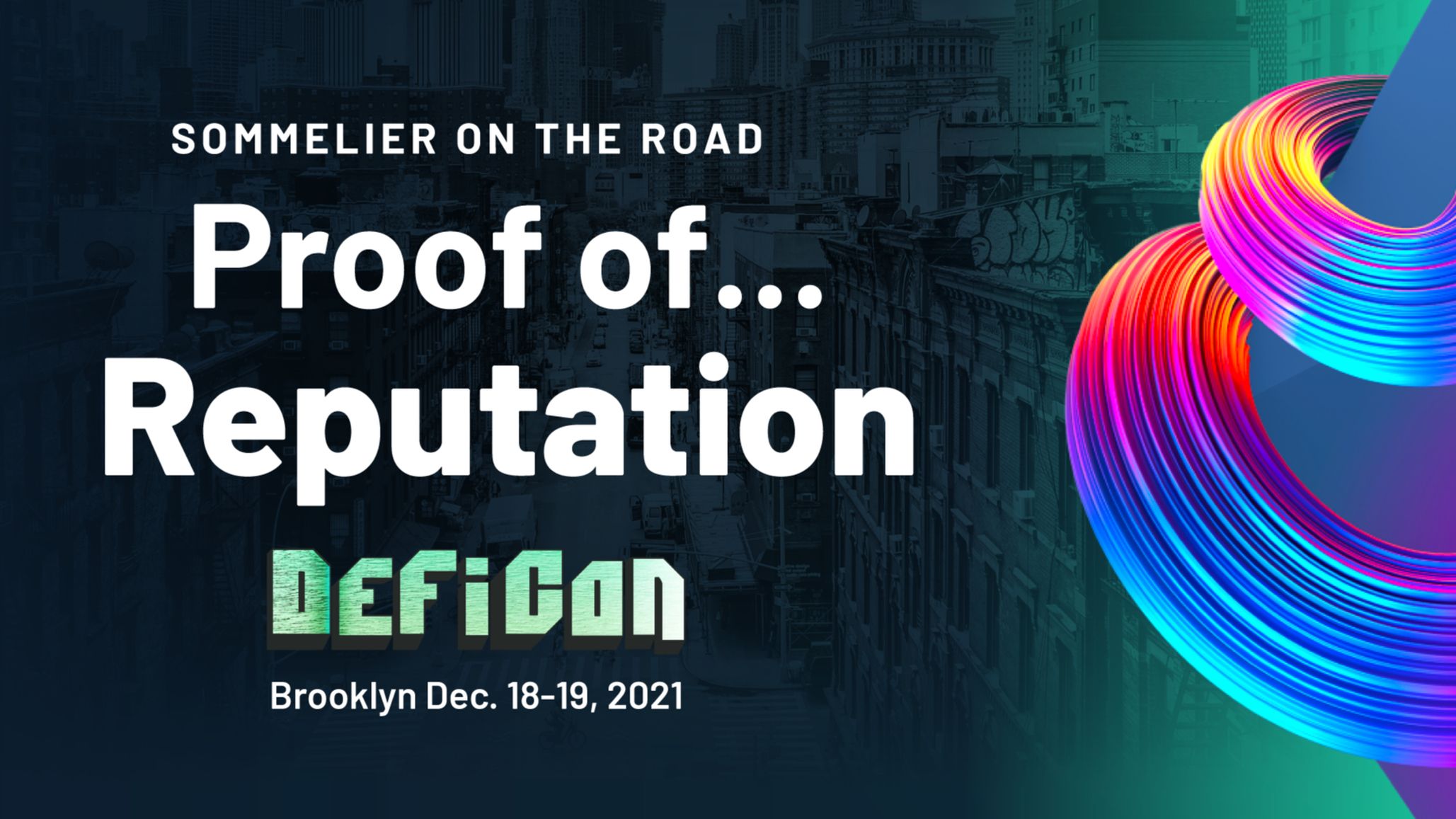
Sommelier On the Road: PROOF OF…REPUTATION
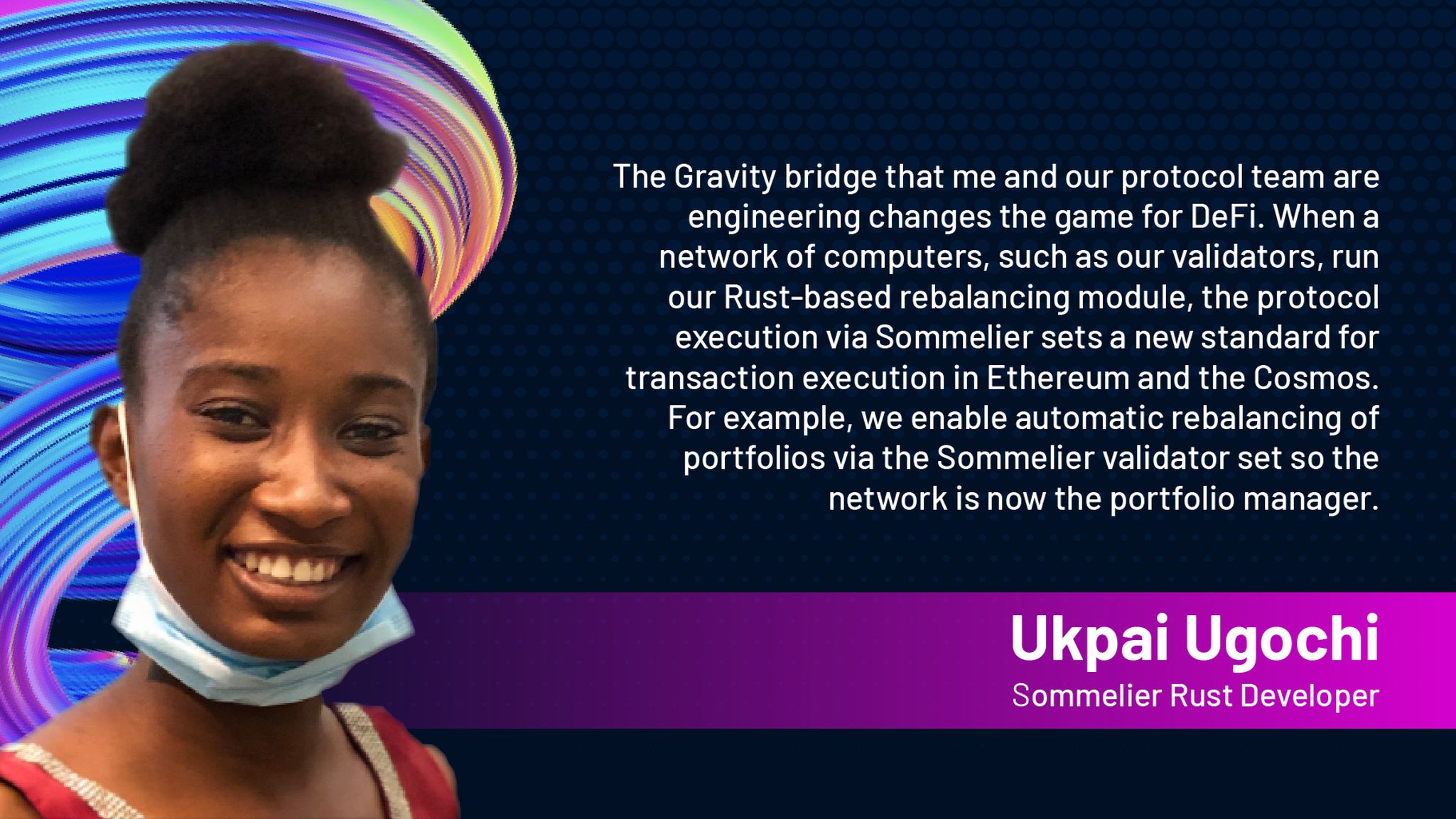
Introducing Ukpai Ugochi - Working on The Sommelier Cellars Rebalancer

Sommelier Announces 23MM Series A Mainnet Round to launch Automated DeFi via the Cosmos

Twitter Spaces With Sommelier: Mainnet Launch & Gravity Bridge
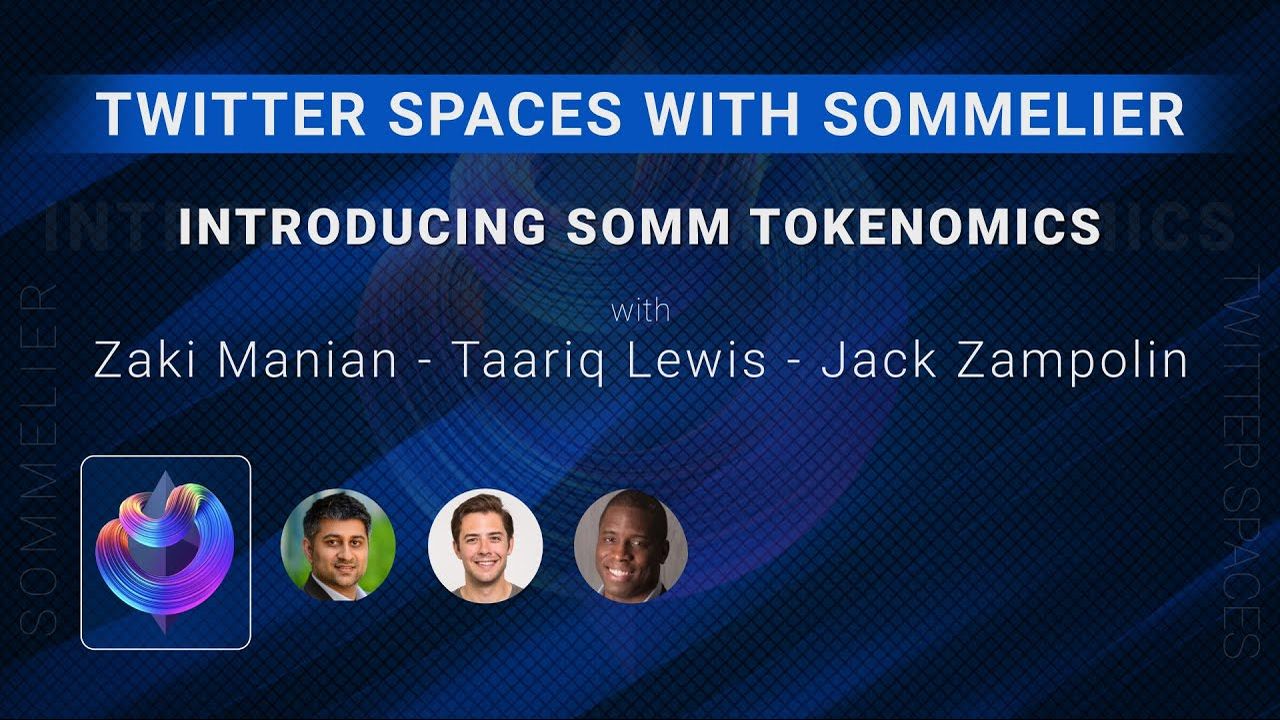
Twitter Spaces With Sommelier: Introducing SOMM Tokenomics

Twitter Spaces With Sommelier: Mysten Labs AMA With Evan Cheng

Introducing SIPS and Sommelier’s Governance Structure

Twitter Spaces With Sommelier: End of Year AMA 2021

Twitter Spaces With Sommelier: Intro to SIPS & Lisbon Blockchain Week

Twitter Spaces With the Sommeliers: Mainnet Update and Governance Launch

Sommelier Partners With Mysten Labs to Make Sommelier and All Cosmos Blockchains the Fastest Protocols on the Planet

Twitter Spaces With the Sommeliers: Sushi AMA With Joseph Delong
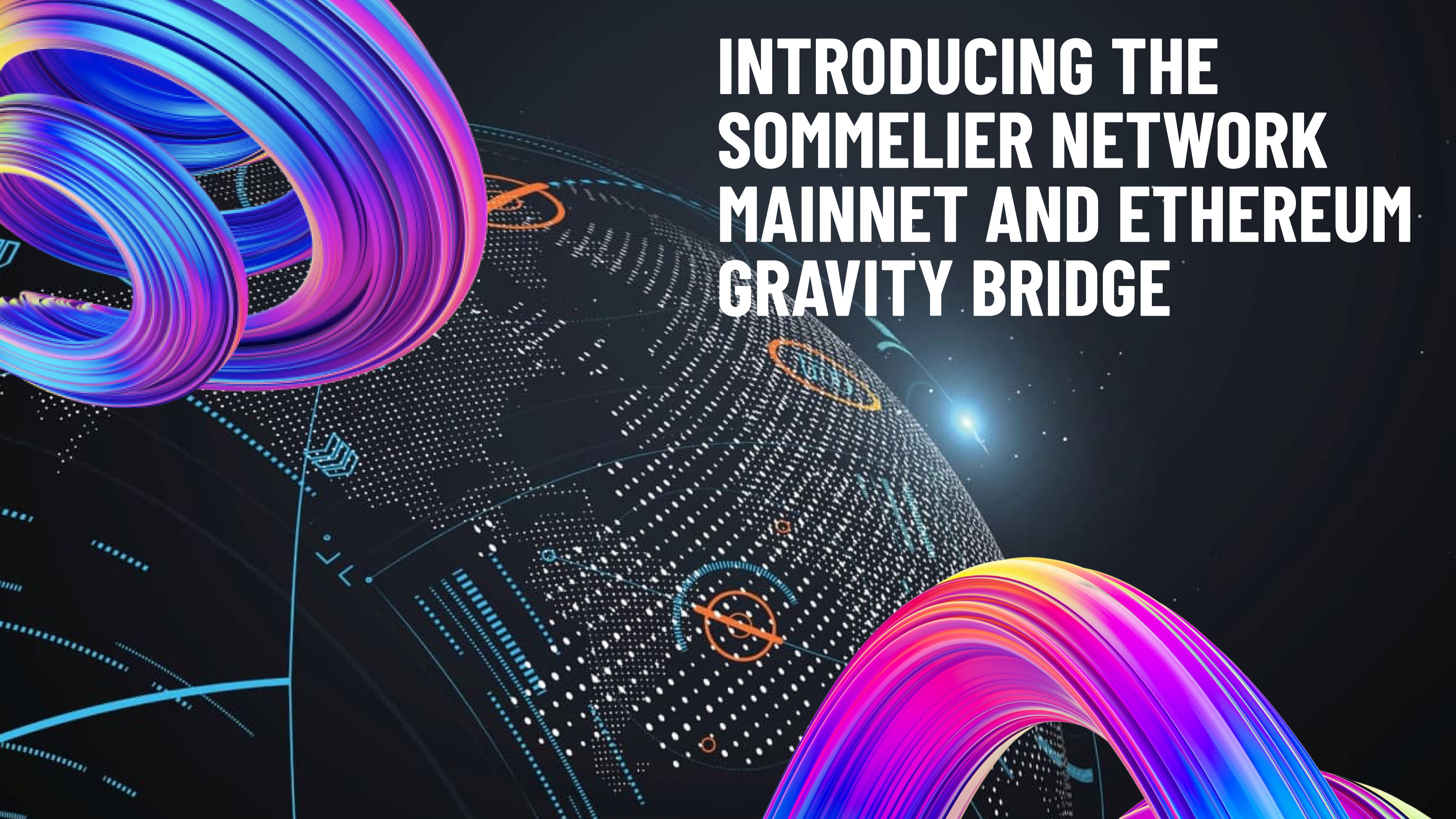
Introducing the Sommelier Network Mainnet and Ethereum Gravity Bridge
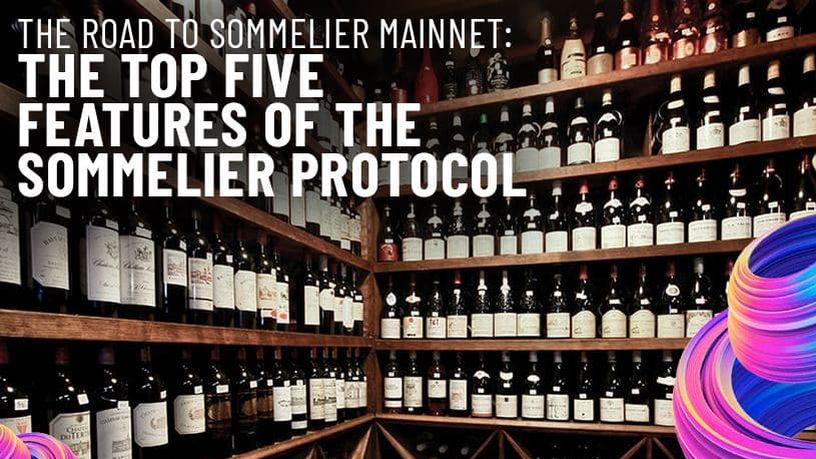
The Top Five Features of the Sommelier Protocol

Call for Validators: The Two Step Process for 2021

Two New Features Launched to Test Liquidity Management on Uniswap v3

Uniswap v3 Remove Smart Contract Incident Post Mortem for Sommelier
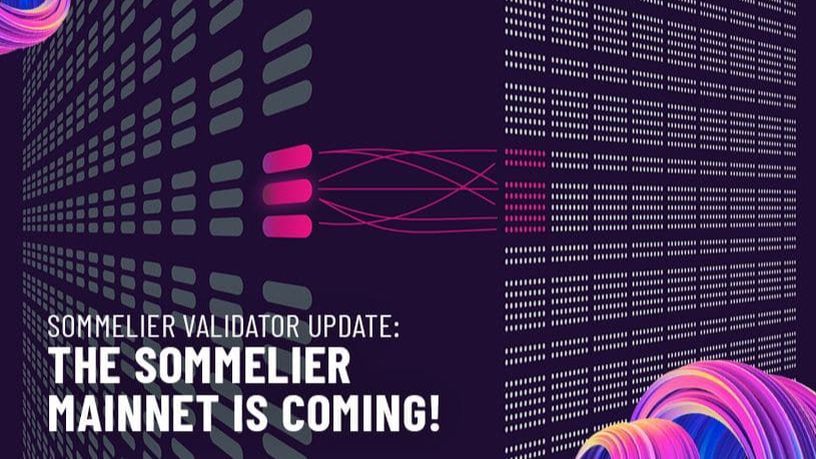
Call for Validators: Road to Sommelier Mainnet
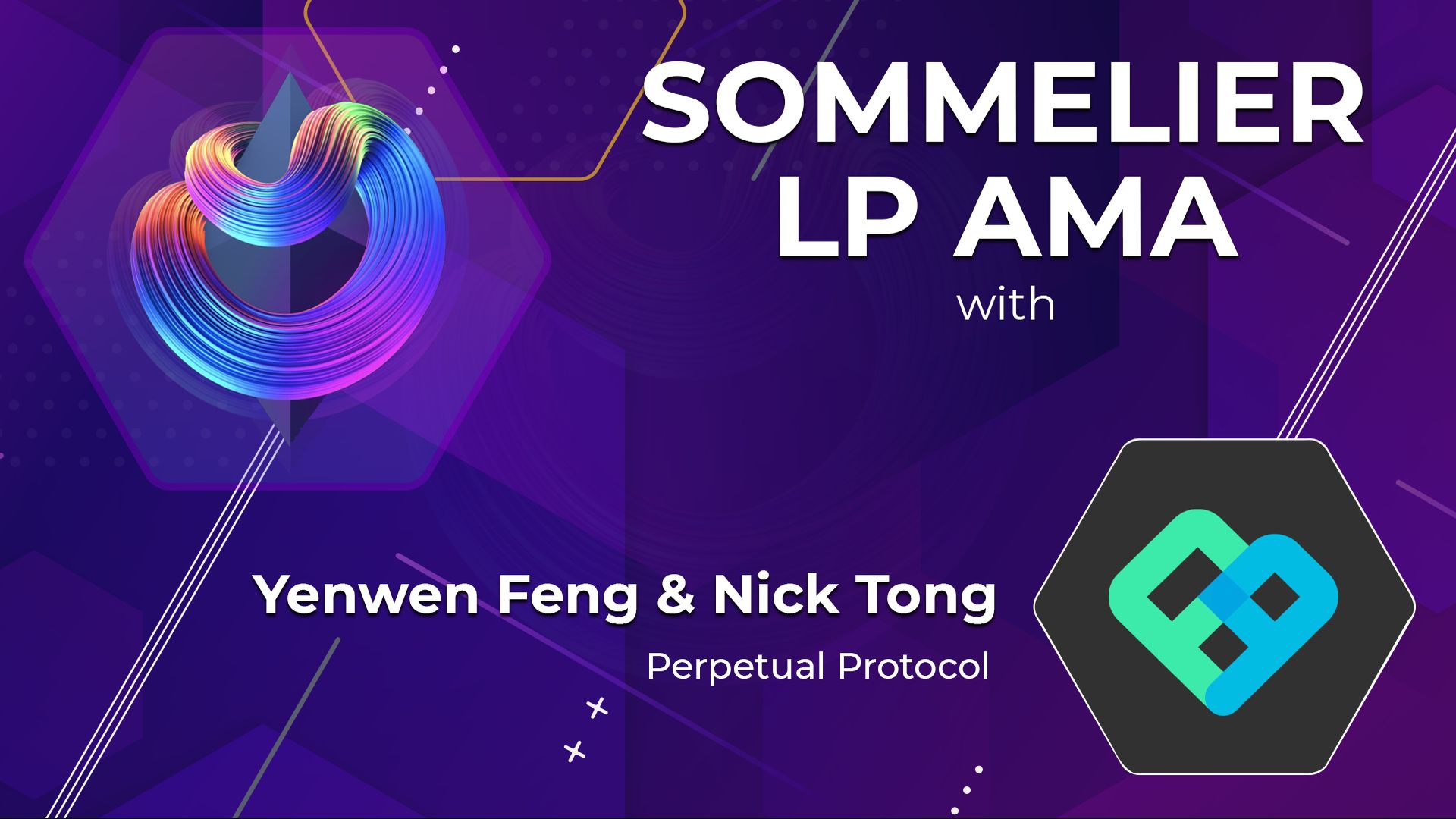
Sommelier Liquidity AMA With Yenwen and Nick From Perpetual Protocol
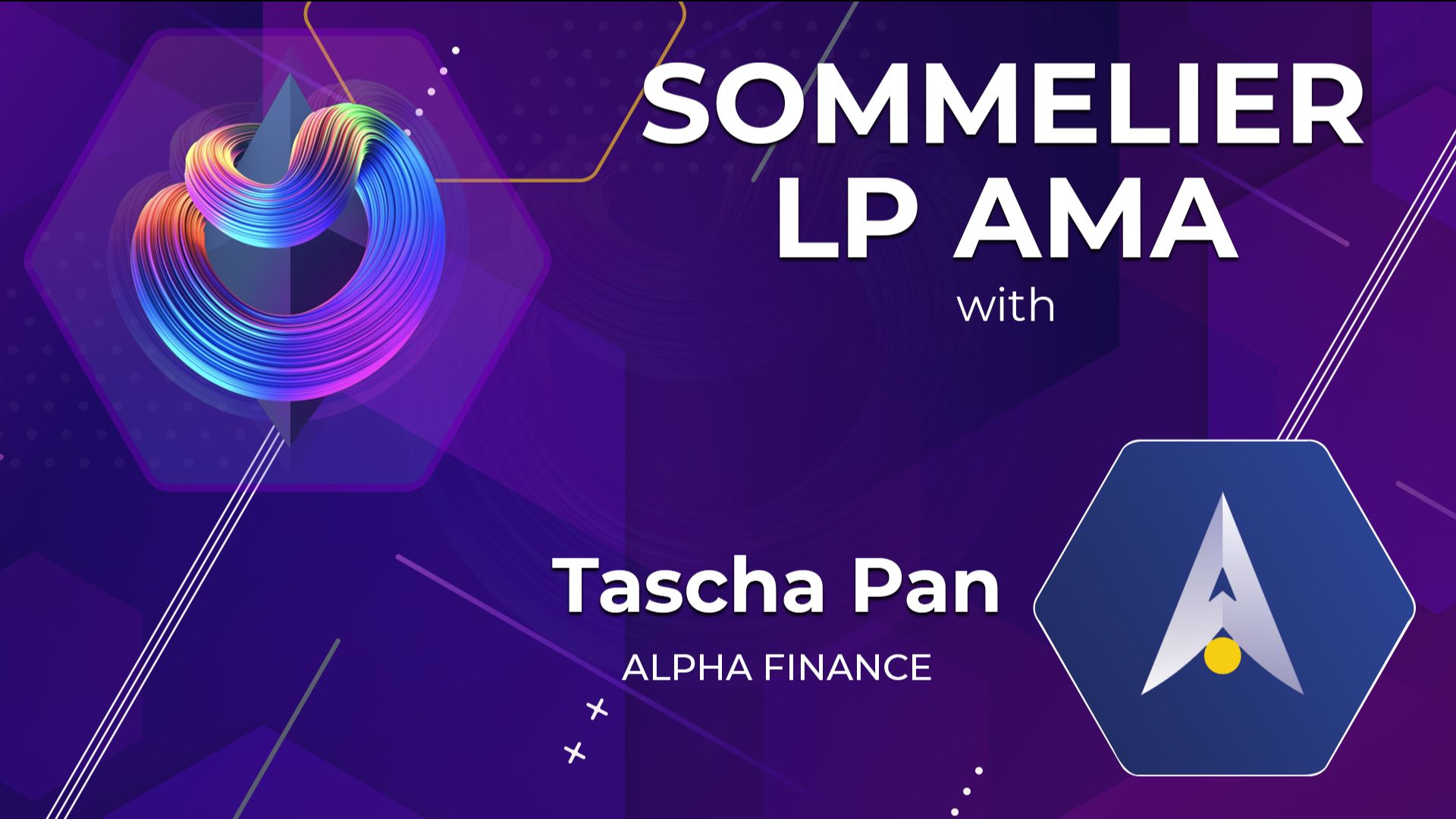
Sommelier Liquidity AMA With Tascha Pan From Alpha Finance
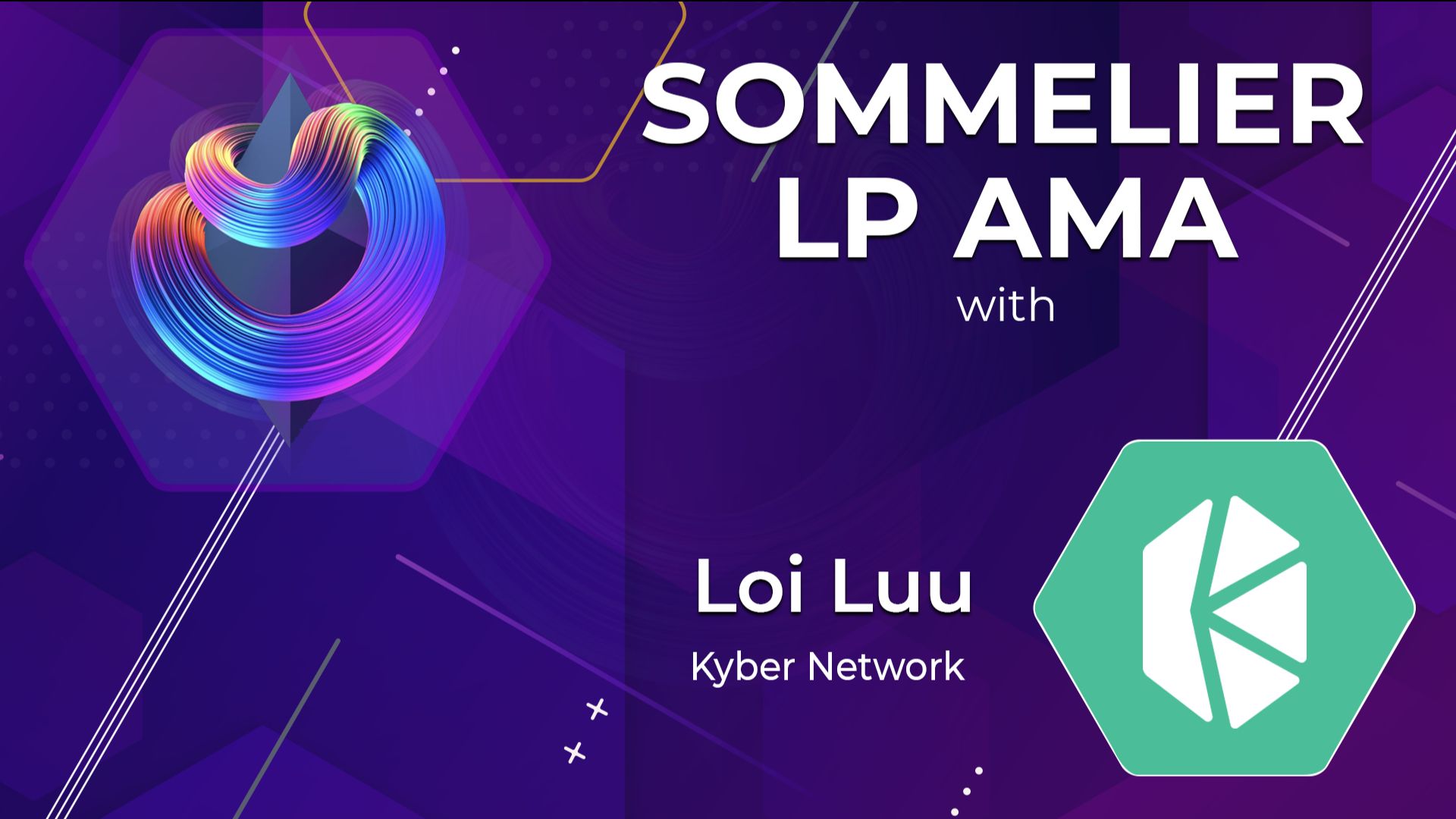
Sommelier Liquidity AMA With Loi Luu From Kyber Network

Sommelier Liquidity AMA With Alex From Peanut
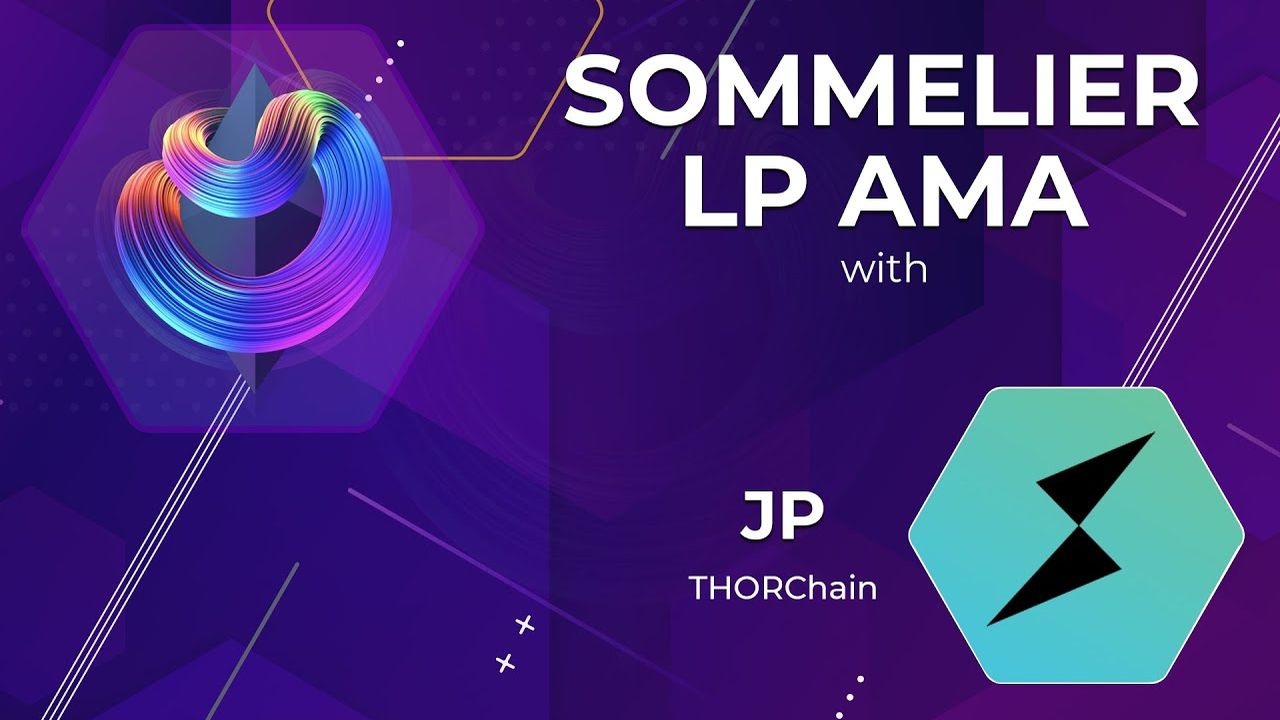
Sommelier Liquidity AMA With JP From THORChain

Sommelier Liquidity AMA With Alan Chiu From OMGX Network

Sommelier Liquidity AMA With Ari From Gelato Network
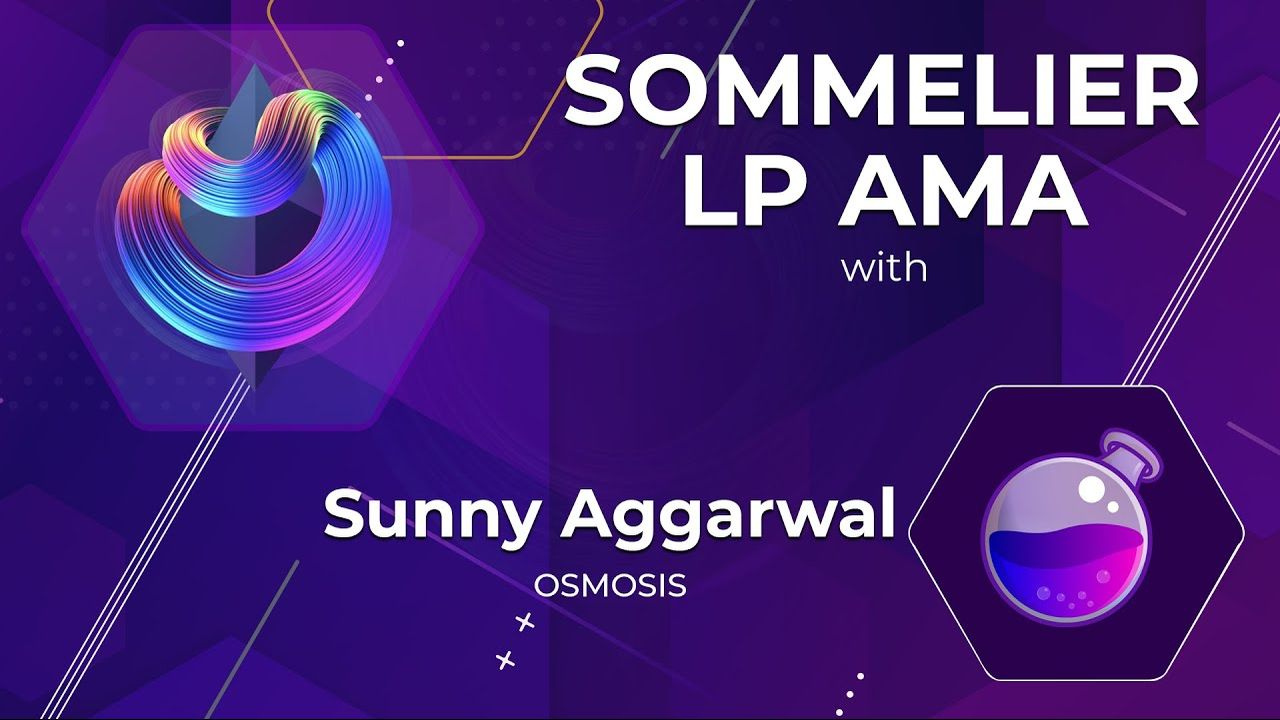
Sommelier Liquidity AMA With Sunny Aggarwal From Osmosis
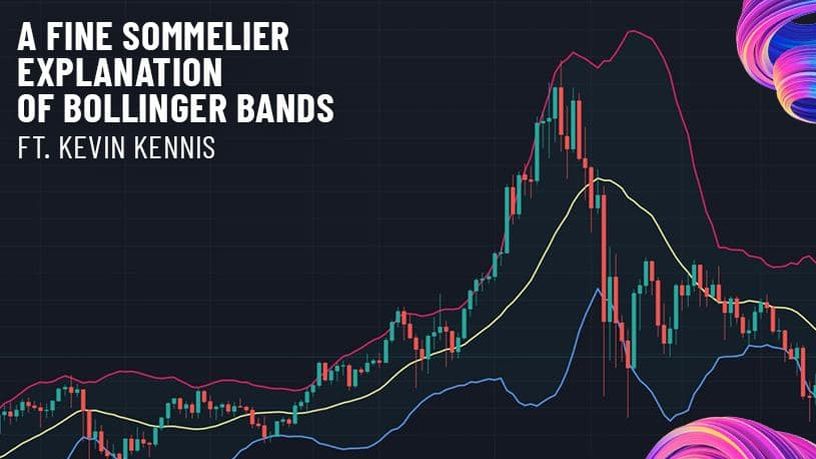
A Fine Sommelier Explanation of Bollinger Bands With Kevin Kennis

Sommelier Liquidity AMA With Mona El Isa From Enzyme

Sommelier Liquidity AMA With Haxor From Method Finance

Sommelier Liquidity AMA With Tor From Secret Network
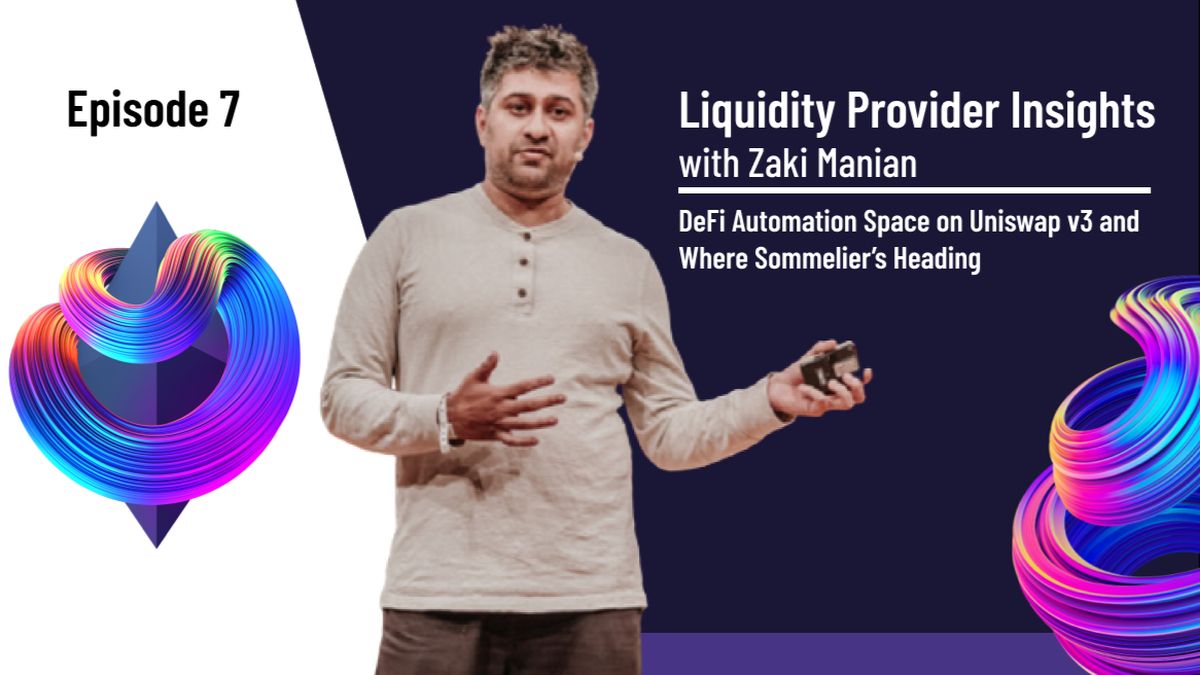
Liquidity Provider Insights With Zaki Manian - Ep. 7 - DeFi Automation Space on Uniswap v3 and Where Sommelier’s Heading

Sommelier Liquidity AMA With Geralt From CyberFi

A Pairings Tutorial of Two Sided Liquidity Addition with Sommelier
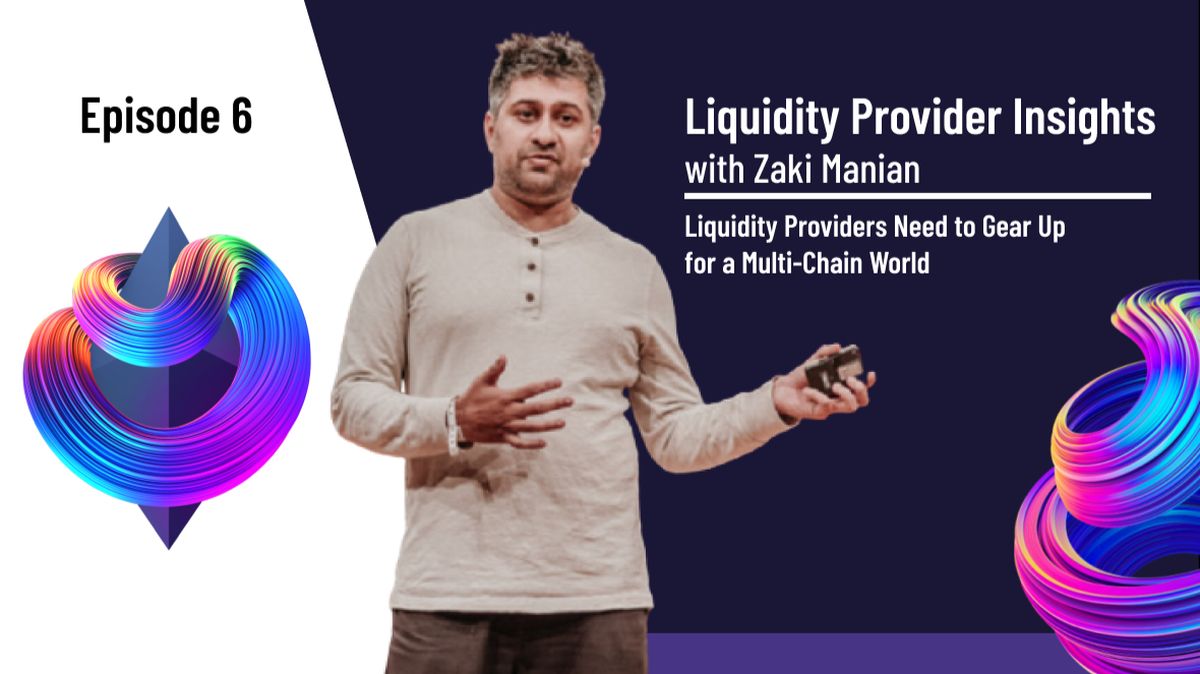
Liquidity Provider Insights with Zaki Manian - Ep. 6 - Liquidity Providers Need to Gear Up for a Multi-Chain World

Three New Summer Features for Liquidity Providers

Sommelier Liquidity AMA with Tom C and Max W from Charm

Sommelier Liquidity AMA with Dereek69 & Shalaquiana from BIOPset

Sommelier This Week - June 3rd 2021: The Road to Mainnet
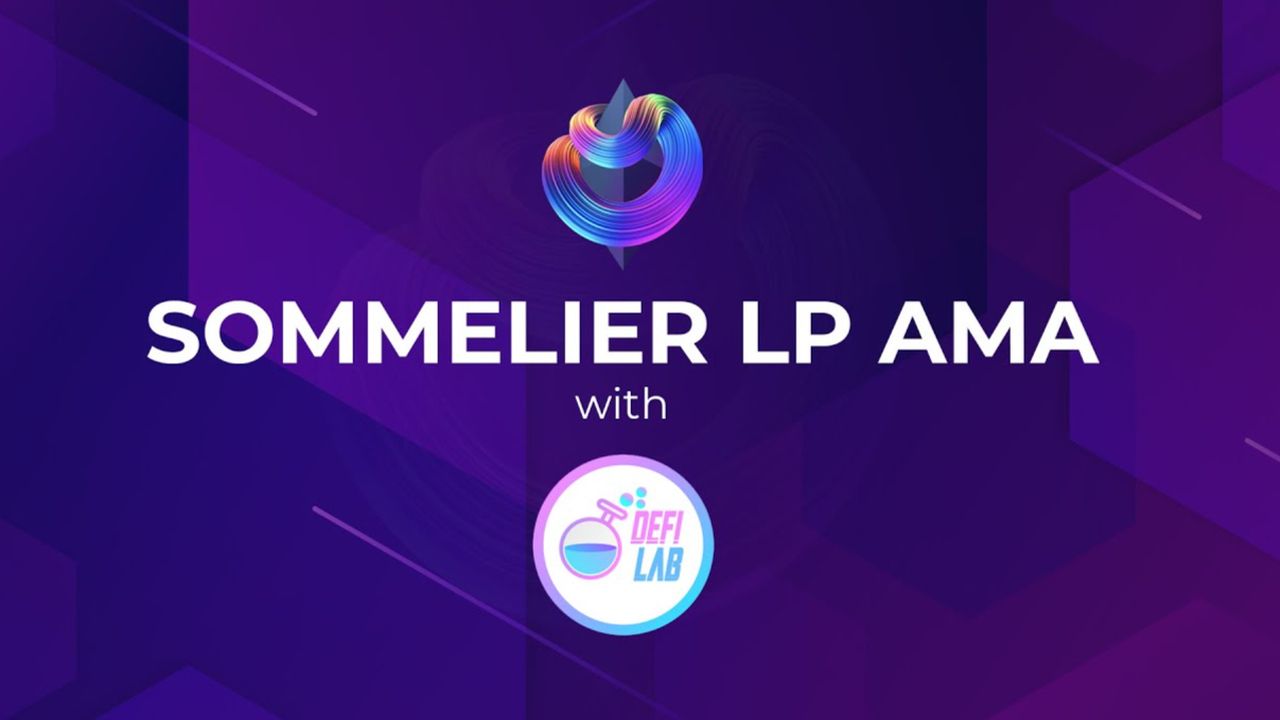
Sommelier Liquidity AMA with Federico Landini from DefiLab

Sommelier Liquidity AMA with Michael Egorov from Curve
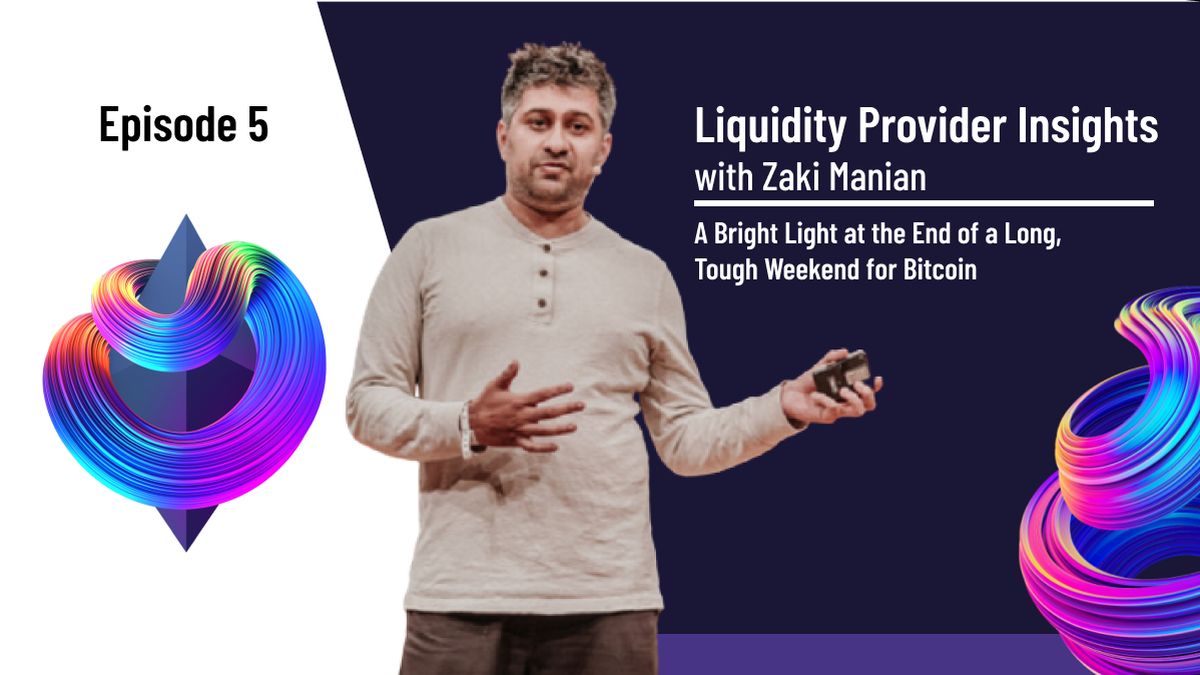
Liquidity Provider Insights with Zaki Manian - Ep. 5 - A Bright Light at the End of a Long, Tough Weekend for Bitcoin

Sommelier This Week - May 27th 2021: What Aspiring Sommelier Validators Need to Know on Last Week’s Protocol and App Progress
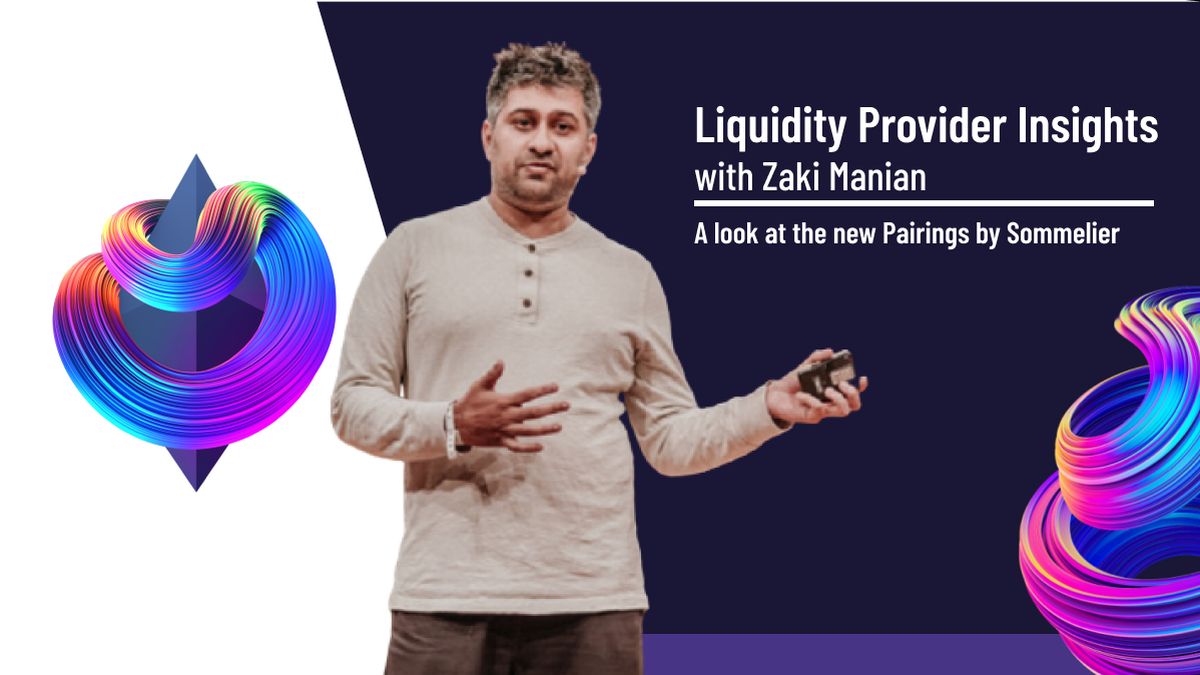
Liquidity Provider Insights with Zaki Manian (Special Edition) - Ep. 4 - New Pairings Release

Sommelier R&D AMA With Yaniv Tal From the Graph

Sommelier Liquidity AMA with MacLane Wilkison from NuCypher

The Eight Steps to Become a Liquidity Provider with Pairings

Sommelier NFT Awards - May 18th, 2021
Pairings By Sommelier: The FAQ

Zaki Manian Breaks Down What Liquidity Providers Need to Know Under Uniswap v3

Sommelier This Week - May 6th 2021: How This Week’s Protocol and App Progress Weaves Together to Make a Product

Sommelier Liquidity AMA with Dan Thomson from InsurAce

Sommelier This Week - April 29th 2021: Weeks Away From a Taste of the Sommelier App Experience and How the Dev Team Stays on Track

Zaki Manian Breaks Down a Phase Change Liquidity Providers Need to Know About Automated Market Makers

Introducing Jehan Tremback: Sommelier Core Developer and Althea Co-Founder that pushes the Limits of the Blockchain Bridge with Gravity

Sommelier This Week - April 22nd 2021: An Inside Look at Progress on Coordinating Sommelier Components That Contribute to the Chain

Sommelier This Week - April 15th 2021: Providing a Best-in-Class Experience for Uniswap Liquidity Providers

Sommelier Announces $1M R&D Grant from The Graph Foundation

Introducing LP Rewards: This Week With Cellframe
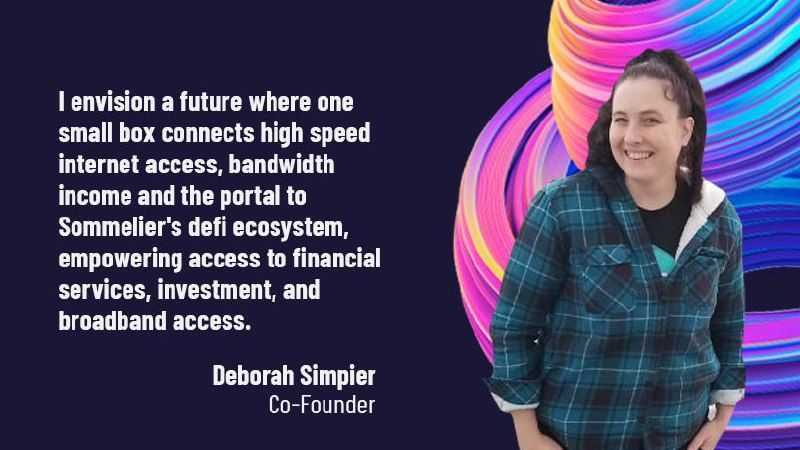
Introducing Deborah Simpier: Althea CEO and Sommelier Co-Founder Who Brought the Gravity Bridge to Life in The Cosmos

Sommelier This Week - April 8th 2021: What Uniswap v3 Means For Sommelier Architecture and Validators

Introducing Sommelier LP Rewards Program

Sommelier This Week - April 1st 2021: Gravity Bridge and Private Testnets

Blockchain startup decides to acquire a California winery and host NFT wine parties
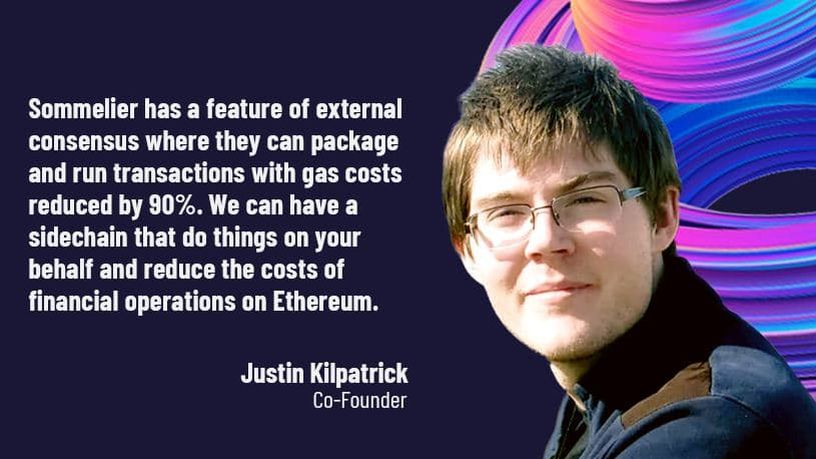
Introducing Justin Kilpatrick: The Blockchain Bridge Wizard Who Maintains Gravity

Five Ways UniswapV3 changes the world for Liquidity Providers on the AMM
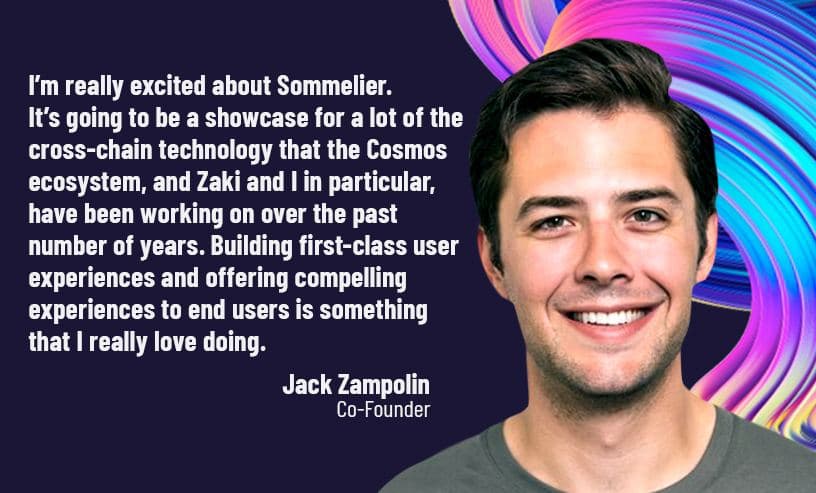
Introducing Jack Zampolin: On Becoming A Sommelier in The Cosmos

Sommelier: Welcome To The New CoProcessor For Ethereum
© 2025 Somm by Bajanss OÜ –Maakri 36-50, Tallinn, Estonia 10145